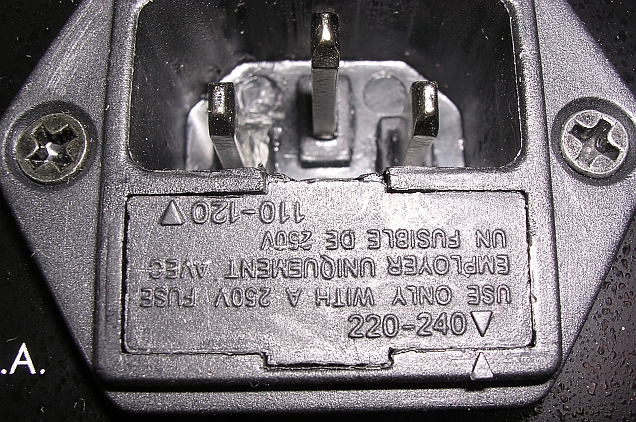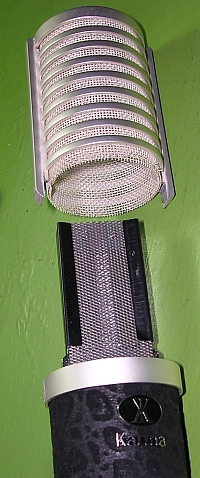If you hang around some of the home studio discussion boards, such as Gearslutz or TapeOp, you’ll see lots of discussion of low-end (i.e. affordable) home studio gear that’s hard to find outside the US. Cut Snake Studio is in Australia, and the local price of some of this stuff, if it’s available at all, is typically two or three times the cost in the States.
A bunch of our studio equipment has been sourced from overseas. It’s relatively uncomplicated to buy microphones from the US or Europe, so Cut Snake has microphones from Europe (tbone, Oktava) and the US (Karma, Kel) in the collection.
Case in point: the ART MPA Digital preamp is available from some Australian retailers for prices from AU$700 up to AU$1100. I’ve seen it on US eBay for US$279, or, at today’s exchange rate, about AU$310. A half or even third of the local price: a substantial saving.
But there’s some disadvantages to buying gear directly from the US: the voltage is different, and the warranty probably won’t apply. And, of course, you need to pay a shipping fee that can add substantially to the final cost of the item.
I just want to provide some information about the power supply voltage on some MPA units, since I couldn’t find any webpage that discussed this.
The ART MPA Digital preamp (and maybe some similar ART gear) can easily be switched from 110 to 220/240 volt input: the fuse holder underneath the power cord plug can be configured for either voltage. The photo here shows the preamp configured for 220/240 volts. By removing and flipping the fuse holder you can swap the preamp to 110/120 volts.



